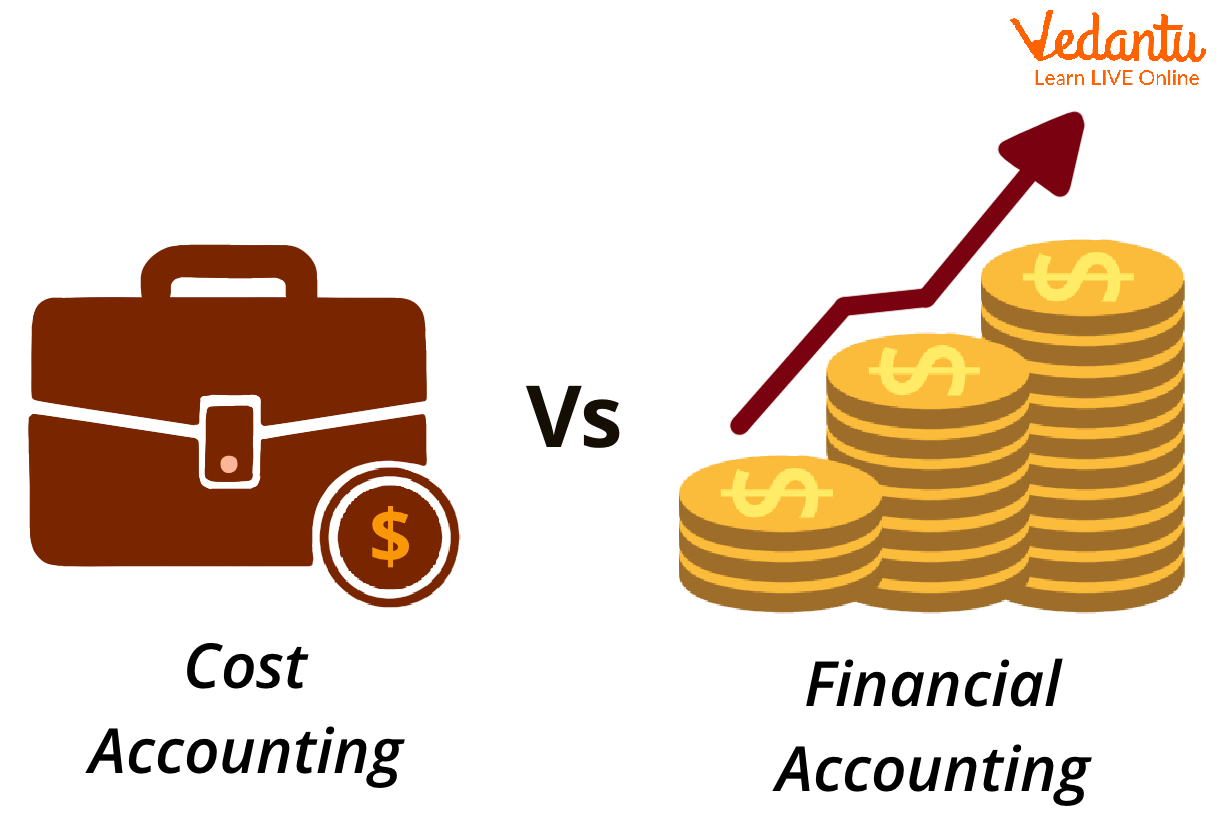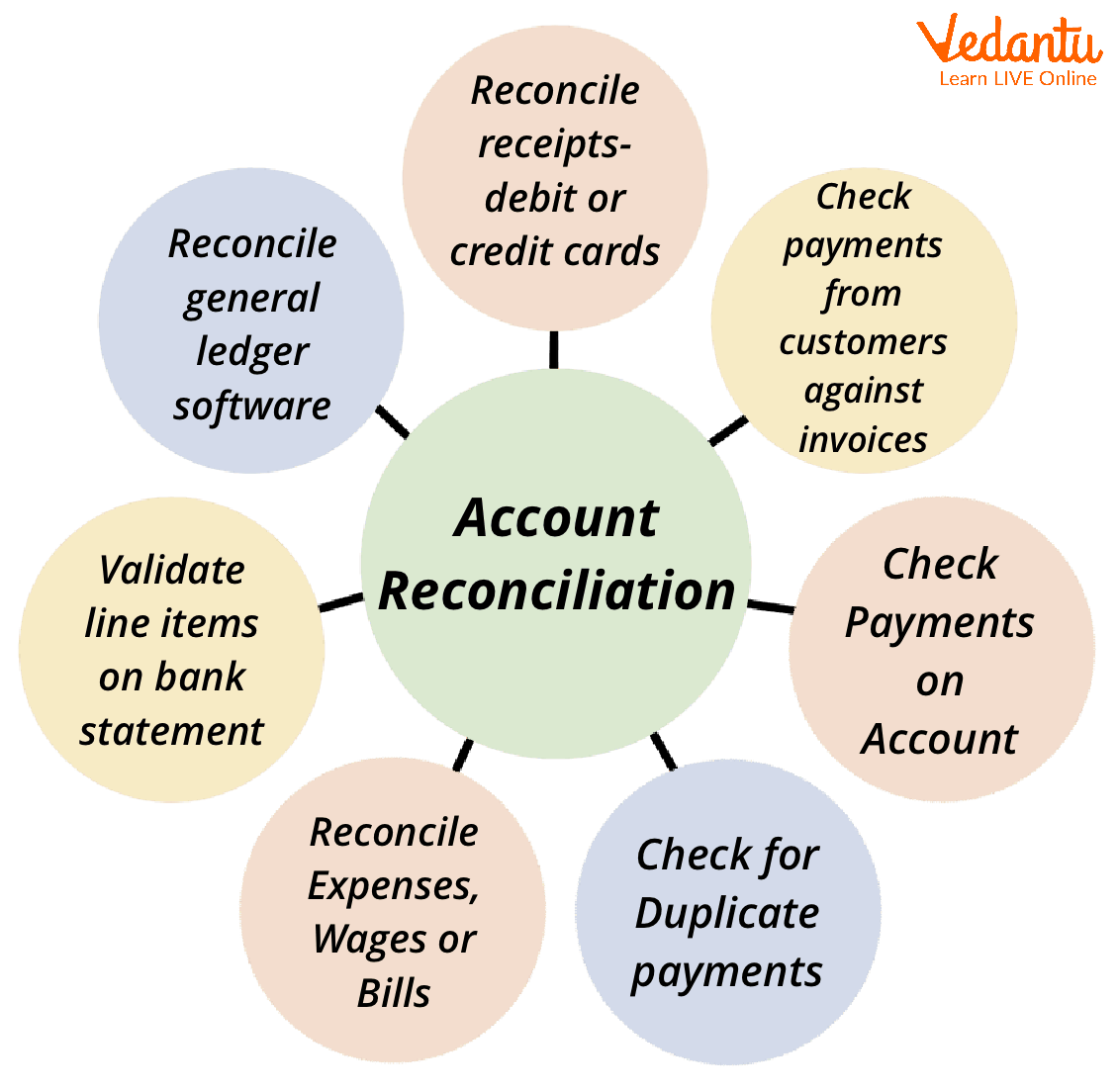




An Overview
The need for reconciling accounts and financial accounts arise due to discrepancy between cost accounts and financial account. The process of correcting these accounts is known as the reconciliation of cost and financial accounts. When prepared following financial accounting regulations, numerous things are only included in the profit and loss account.
If the profit or loss were calculated using financial accounts, it would be adjusted using cost accounts. We see a similar profit as per cost accounting after modifications. If we calculated profit using the cost account, we must change the items to reflect the financial accounts. We create a reconciliation statement with this goal in mind.
Reconciliation Meaning
The profit or loss shown by one set of books may differ from that indicated by the other when cost accounts and financial accounts are handled separately in two separate sets of books. As a result, it becomes important to regularly reconcile the profit or loss indicated by the two sets of accounting.
The reasons for the discrepancy between the data reported by each system are detailed in a note of reconciliation. It is done to look through both sets of accounts' mathematical precision and look for any errors that may have been made.

Reconciliation of Cost and Financial Statements
Need for Reconciliation
Several factors call for a reconciliation between the two books:
It explains the causes of the profit or loss discrepancy between cost and financial statements.
It guarantees that no revenue or expense item has been left off the books and that overhead costs are not being under or over-recovered.
It assists in verifying the mathematical precision of both sets of accounts.
It guarantees the accuracy of cost accounting to properly determine the cost of manufacturing.
By emphasising the fluctuations contributing to an increase or reduction in profit, it facilitates internal management.
It encourages coordination and cooperation between cost and financial accounting divisions to provide accurate and trustworthy accounting data.
It allows management to create rules for expenses, depreciation, and stock valuation.
It guarantees managerial judgement.

Need of Reconciliation
Items Accounted for Differently in Cost Accounting and Financial Accounting
Overhead - Cost accounts apply fixed rates of overheads to cost units based on projections, and the amount recovered may differ from the actual costs spent. The profits on two sets of books will differ if such under or over-recovery of overheads is not carried off to the costs profit and loss account.
Stock vVluation - Stocks are evaluated in financial accounts at a lower cost or market value. In cost accounting, the stock is valued at cost using a technique that is appropriate to the unit, such as FIFO, LIFO, average, etc. As a result, stock value may change, which will indicate a profit discrepancy between the two sets of books.
Depreciation - The profits will change if a different methodology is used to calculate depreciation in cost accounts compared to financial accounts.

Items Accounted for differently in Cost Accounting and Financial Accounting
Procedure of Preparing Reconciliation
Step 1 - Start by determining any one of the profit/loss figures (either based on cost books or financial books), which is sometimes referred to as the basic profit figure.
Step 2 - Next, the numerous discrepancies between the profits reported by two sets of books in a certain instance are determined (as explained in the prior section).
Step 3 - Increase the basic profit number (from which we started in Step 1) by the items of difference that have the impact of raising earnings in another set of books. These things are sometimes referred to as "+" items.
Step 4 - Subtract the items of disagreement that have the impact of reducing earnings in other sets of books from the basic profit calculation. (Such goods may be referred to as "-" items).

Reconciliation Procedure
If all of the calculations are accurate mathematically and computationally, the final amount after all the aforementioned changes will be the profit or loss according to another set of books.
Proforma Reconciliation Statement - Assuming that base earnings are calculated using cost accounts, the reconciliation statement can be shown or presented as shown below.
Conclusion
The practice of reconciling the functional outcomes or profits as revealed by cost accounts with those of financial accounts is known as reconciliation. Reconciliation is the process of identifying the items required to bring the balances of two or more connected accounts or statements into an agreement, according to Eric L. Kohler. Additionally, an attempt is made to evaluate the mathematical precision of the profits reported in two separate books. Consequently, reconciliation locates and accounts for the factors contributing to the discrepancy between the functional outcomes reported by cost accounts and financial accounts.
FAQs on Reconciling Cost and Financial Statements
1. Is it necessary to reconcile cost and financial accounts? What is its purpose?
It is crucial to reconcile the two accounts since it enables an explicit knowledge of a company's financial performance. Several reasons, including erroneous stock valuations, inappropriate cost allocation, and over- or under-absorption of indirect charges, can lead to discrepancies between the outcomes in cost and financial statements. Finding and fixing inconsistencies between the two sets of accounts is the primary goal of reconciling cost and financial accounts. Doing so increases the accuracy and consistency of the profit amount displayed in financial records.
2. For what reason are we trying to make a reconciliation?
A system of checks and balances will be employed to meet the goal of the reconciliation technique, which is to verify that the financial information being used is accurate and reliable. This will be done via a system of checks and balances. Another advantage of having the procedure in place is that it helps ensure that undesirable changes are not made to transactions while they are being processed. A good reconciliation approach helps ensure that no changes have been made to transactions while they are being processed.
3. What is GL reconciliation?
The accounting procedure known as general ledger (GL) reconciliation is to verify the accuracy and reliability of an organisation's financial records. Every monetary exchange occurring within a given fiscal year is recorded in the general ledger.
Reconciliation is the process of comparing the origin of transactions posted to a specific general ledger (GL) account with those posted to that account during a specified period. Errors in data input may be seen and corrected during the reconciliation process. As a bonus, reconciliation might reveal fraudulent or unauthorised account balance changes.





















